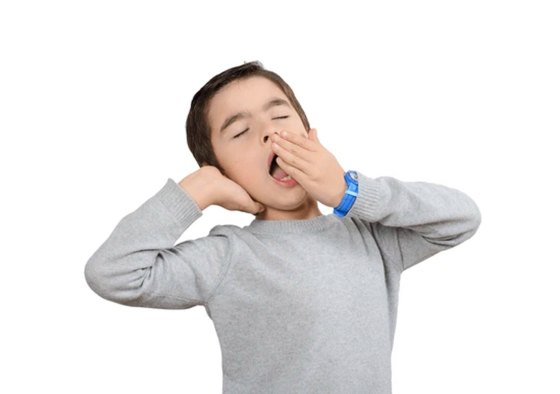
We spend nearly one third of our lives in sleep. Apart from food and water, it provides the fuel for better physical and mental well-being.
In other words, sleep is an essential, active, and dynamic physiological process that has a critical impact on your health, development, and daytime functions, while also improving your mood and reducing stress.
According to our leading Indian paediatrician in Dubai, cultural and genetic factors are responsible for variations in sleep behavior but not in sleep requirements. As your child grows, even the sleeping patterns and schedules start to change considerably.
For instance, newborns have a fragmented ‘sleep and awake pattern’ and require the largest amount of total snooze time. It then gradually decreases from infancy through to adolescence.
A lot of sleep issues when not tackled at an early age can lead to bigger problems like sleep apnea.
Here’s a quick break-up of what an ideal duration of sleep should be for age groups up to peak teen years, according to the American Academy of Paediatrics:
| AGE | MINIMUM SLEEP IN HOURS* | RECOMMENDED SLEEP RANGE* | USUAL NUMBER OF NAPS* |
| 0-3 months | 11 | 14-17 | 3 |
| 4-11 months | 10 | 12-15 | 2 |
| 1-2 years | 9 | 11-14 | 1 |
| 3-5 years | 8 | 10-13 | 50%nil |
| 6-13 years | 7 | 9-11 | 40% once |
| 14-17 years | 7 | 8-10 |
You can read more about the general consensus surrounding sleep in our blog.
Effects of poor sleep

Insufficient sleep leads to poor health. Adverse effects include daytime sleepiness, major mood swings, irritability, behavioural problems, learning difficulties, poor academic performances or work commitment, and increased likelihood of traffic accidents caused by rash driving among young people.
To know more about other factors surrounding your child’s troubled sleeping patterns that you are still not sure about, talk to our team of top-rated paediatricians in Dubai.
How you can help your children sleep better
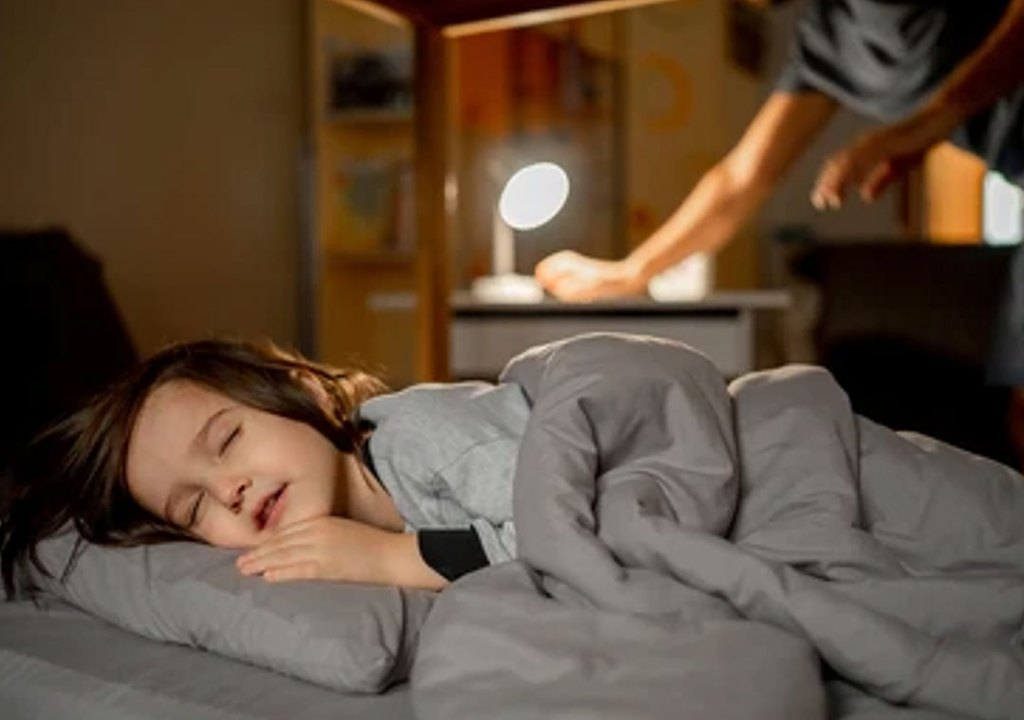
Establishing a regular and efficient sleep hygiene means helping your children develop the right sleep cycle that can help them get good sleep, a fact that is underlined by our Dubai Paediatrics doctor.
# Obeying the body clock: Sleeping at the same time every night is a natural way to help or program your child’s body ‘remember’ to feel sleepy. During holidays however, the difference in sleep time should not be more than an hour.
# Improving the sleep environment: If possible, try to create a separate room or dedicated area for sleep. Ensure it has a quiet environment with dimmed lighting, darker curtains and a comfortable room temperature that ensures your child sleeps well without interruptions. Your child’s bed must be comfortable, safe, and away from your laptop, TV or other digital devices.
How to set up a Sleep Routine
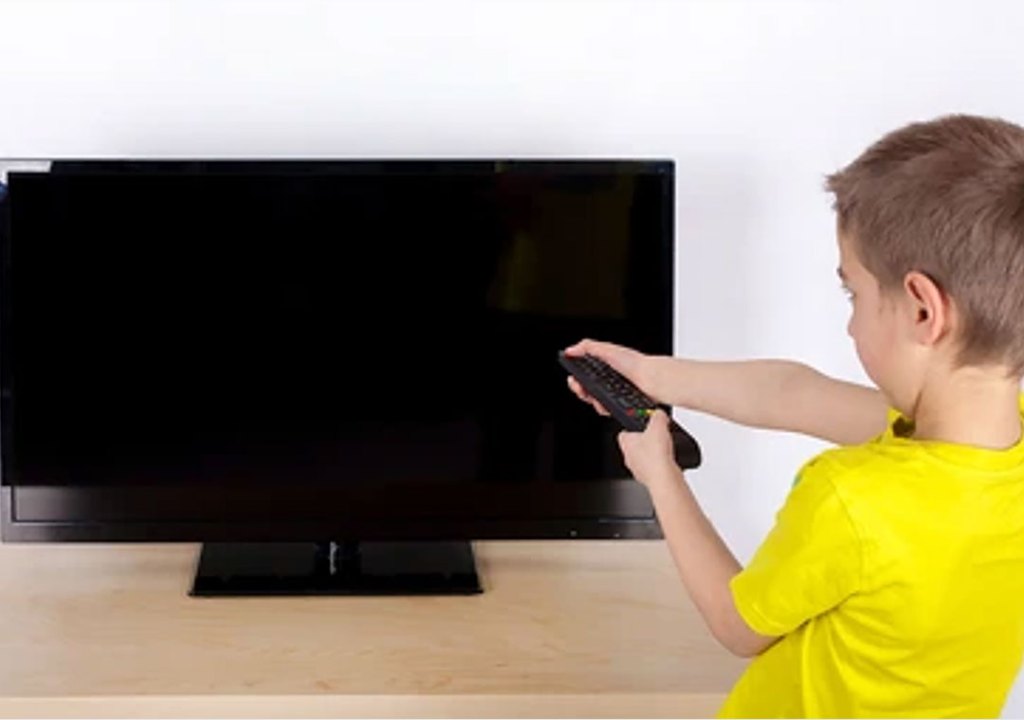
You can set-up a sleep routine to allow your child to get into an assured and healthy habit. This could include:
# Avoiding TV / computer / video games an hour before sleep time
# Reading / telling a bed-time story to your child
# Getting them to use earplugs if you can’t help your child control noise
# Ensuring they take a warm bath
# Guiding them to avoid chocolate, or caffeinated/ sugary drinks at bedtime and replacing them with warm milk. You can read more about the right diet for children that aids sleep in our blog on weight control for children.
Promoting sleep settling in babies:
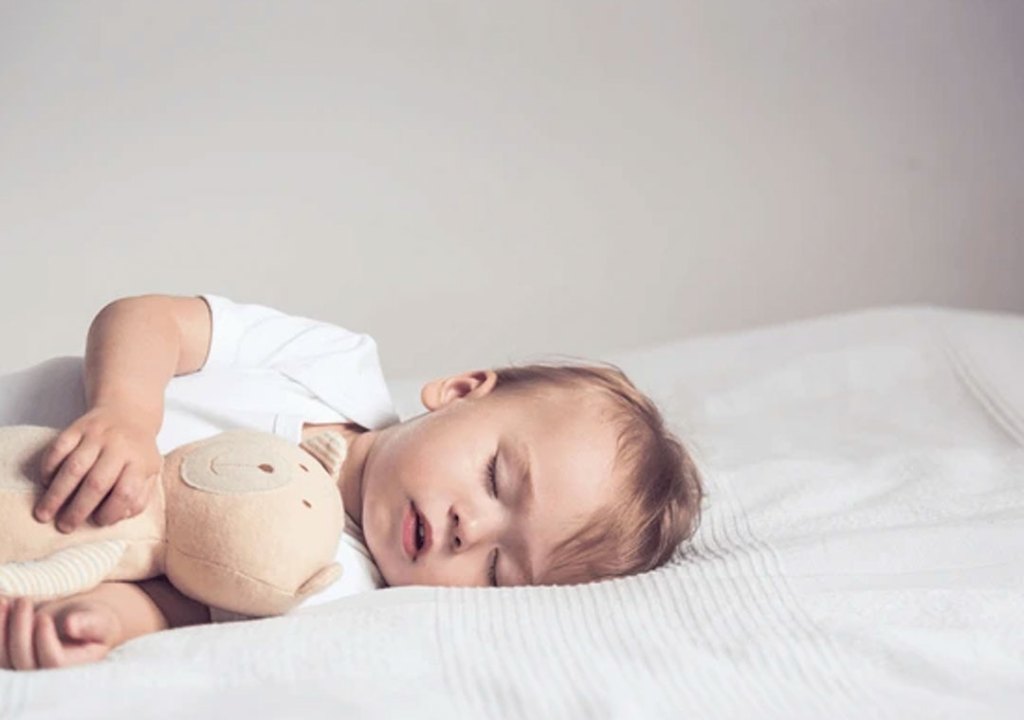
Babies need to settle into sleep by themselves and as a parent, you can help. Here’s what you need to keep in mind:
# 0–6 months: The baby can be held in your arms until sleep takes over. When putting your baby down in the cot, you may use a soothing voice or adopt gentle stroking. The other option is to place the baby gently in the cot when calm and drowsy, and gently stroke till they fall asleep, all the while comforting them with soft sounds.
# 6 months to 2 years: Controlled comforting: This is when your mother leaves the baby before he or she is asleep and waits outside the room. She can come back if the baby cries after a brief time (2 to 4 minutes) and can pat the child without picking him / her up. She could then leave as soon as the child falls quiet and before he/she falls asleep.
Safe sleeping practices for infants

Sudden Unexplained Death in Infancy (SUDI) is the term used when an infant dies unexpectedly, and an obvious cause is not identified. Research has shown that chances of SUDI are reduced if safe sleeping practices are used for infants.
# All babies should be put to sleep on their backs, but you should let them find their own sleep position if they roll over during the night. Putting your baby on his / her back to sleep is the safest position for a healthy baby.
# Promote breastfeeding.
# Room-sharing is fine but not bed-sharing with parents or siblings. This should be on for the first 6 to 12 months.
# Use a separate sleep space (cot) with a firm surface, tight-fitting bedsheet, and no soft pillows or stuffed toys.
# Swaddling the baby is fine. Keep your baby’s head and face uncovered.
# Discourage smoking as exposure to second-hand smoke harms babies.
Tackling behavioural sleep problems in children
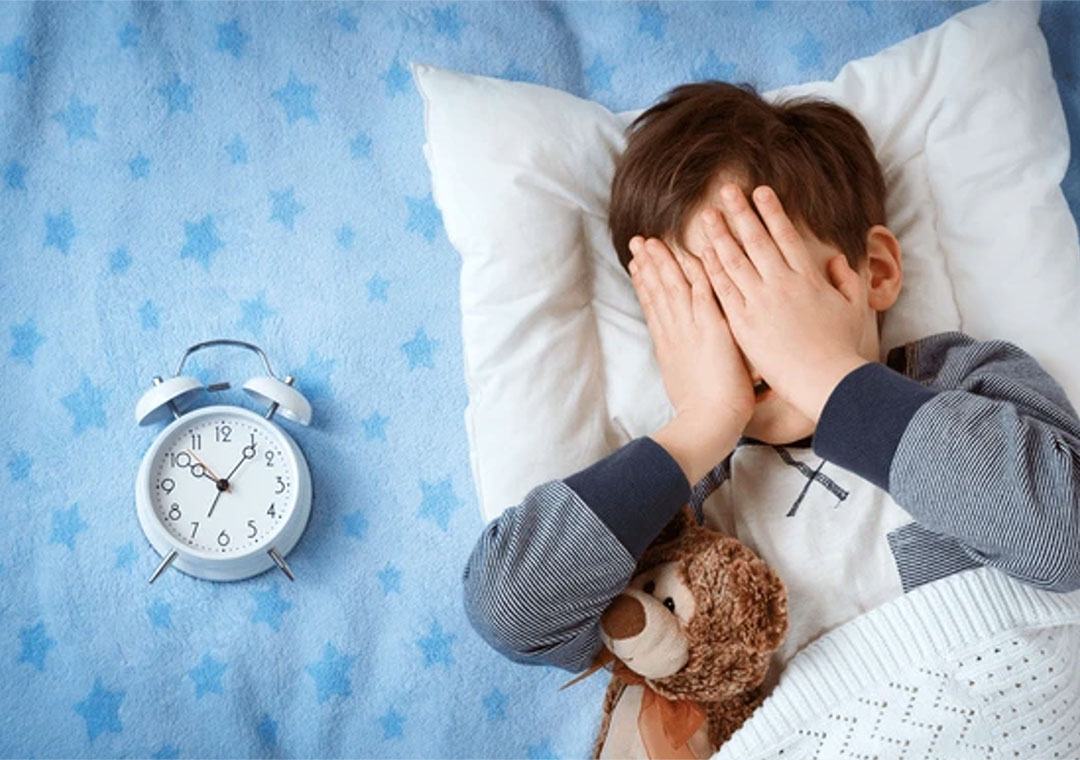
This is when your child faces difficulty getting to sleep or waking up multiple times at night.
# Sleep-onset association disorder: You child falls asleep readily if the person (parent) or object (TV) is there. In the absence of the parent or object, your child struggles to get to sleep. Typically, this would involve your child waking up 1 or 4 times a night, wanting the parent there or the TV turned back on, to resettle to sleep.
# Limit-setting disorder: Your child comes in and out of the room multiple times before falling asleep and may pose multiple requests to you which may most commonly include: “I want a drink, I want to go to the toilet, I want to talk to you, I am scared…”) to avoid going to bed. Parents may find it socially difficult to set limits around these behaviours, known as “curtain calls”.
Management strategies for Sleep-onset Association Disorders
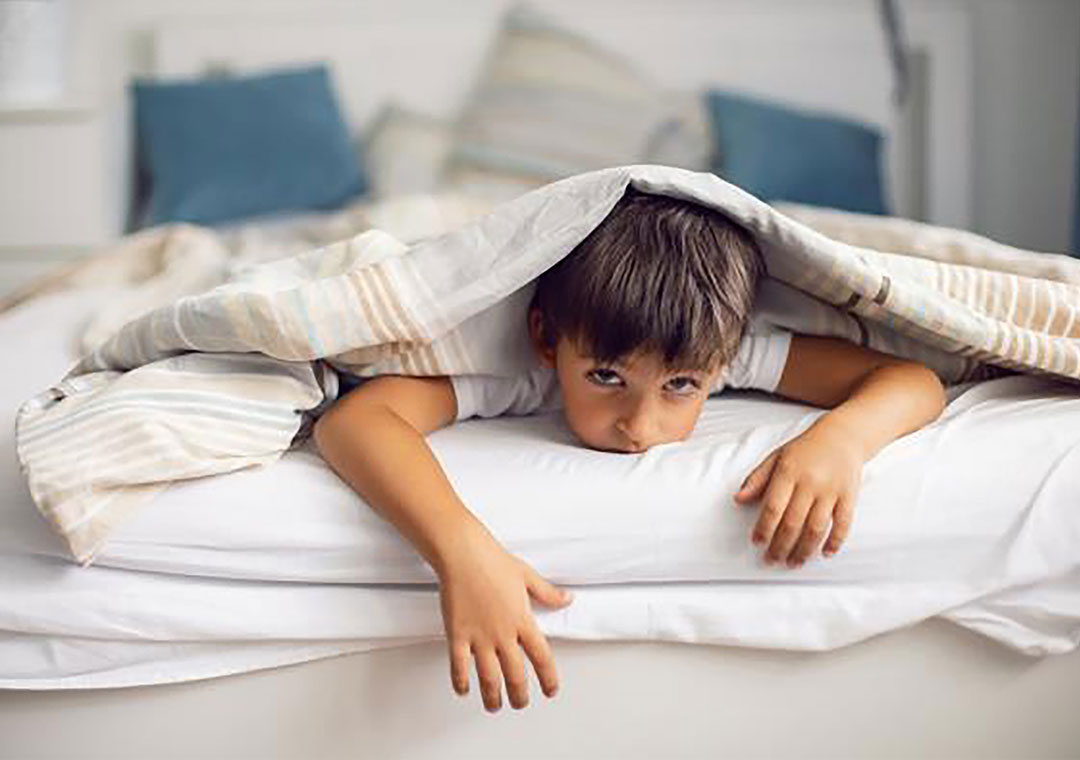
You can use either of two methods described here, according to our excellent paediatrician in Dubai:
# Checking method: You ensure your child is calm, leave the room for up to 2 minutes, and promise to return after this time. You can then increase the time gradually spent outside your child’s room. Eventually, you can return to find that your child has fallen asleep.
# Camping out method: Place a bed or chair next to the child’s bed. For the first few nights, you pat your child gently to sleep. After a few nights, sit next to the bed/ cot but do not touch the child. Gradually, increase the distance – moving your chair or bed away from your child over a period of 7 to 10 nights. When your child wakes up overnight, you must return to the bedroom and sit on the chair/bed until he/she falls asleep again.
Management strategies for limit setting disorders

Limit your child to 1 or 2 requests at the start of the night. The use of the “bed-time pass” method can help this. The child gets one pass to use during the night and after this is used up, he/she needs to stay in the room and go to sleep.
Key points to keep in mind:
Sleep and physical activity need to be well integrated for the health and well-being of your children.
Good sleep hygiene, sticking to the sleep schedule of the fixed bedtime and wake-up time, regular bed-time routine, and maintaining a sleep environment (no light and noise) are all critical factors to obtain adequate quality sleep.
If you want to know more, make sure to visit our blog on getting enough sleep.

Article reviewed by:
Specialist Paediatrician
HealthHub Clinic, Barsha Heights







